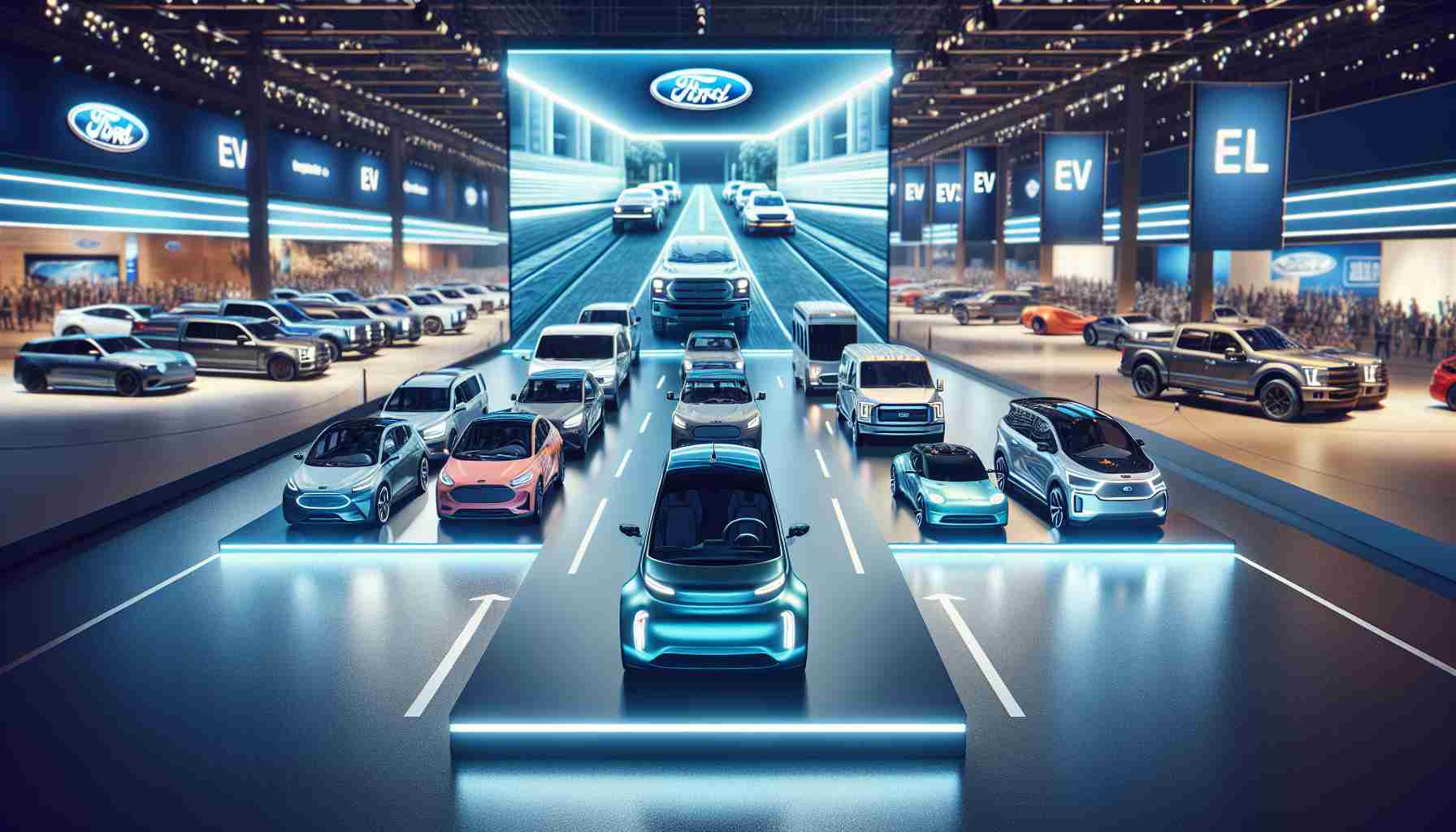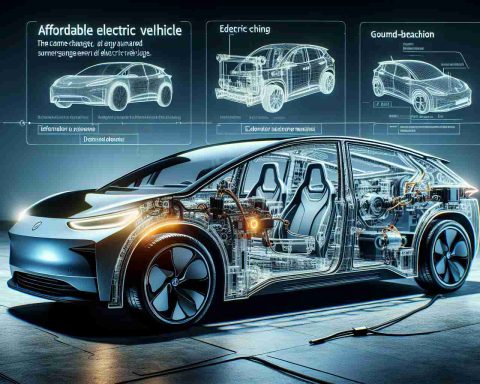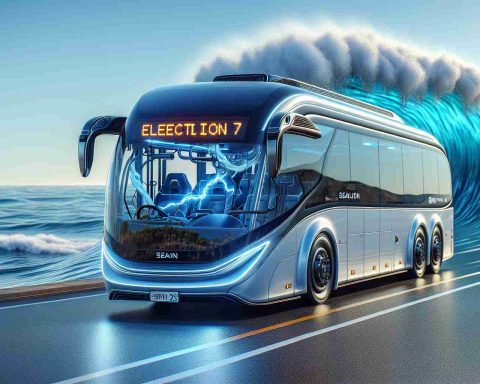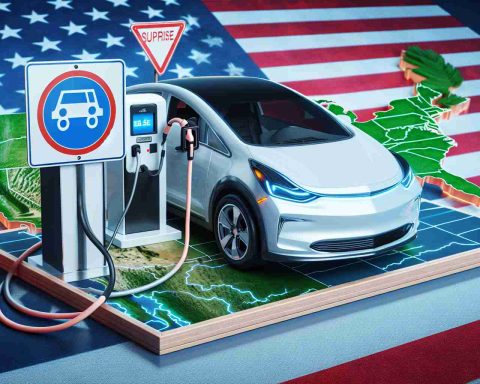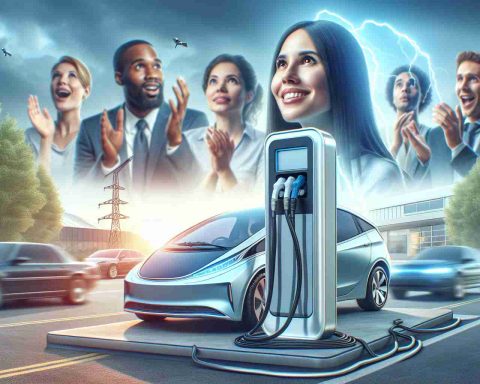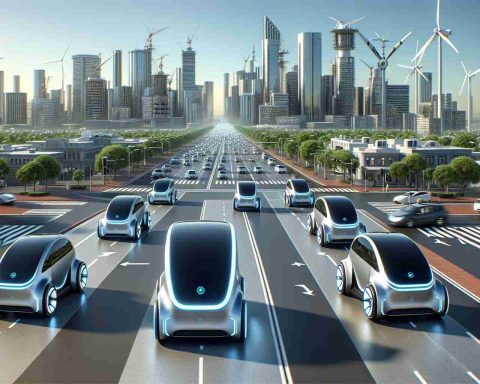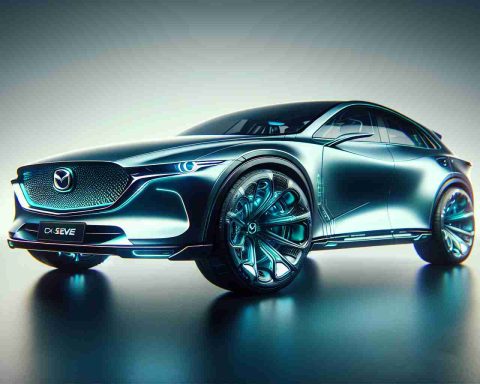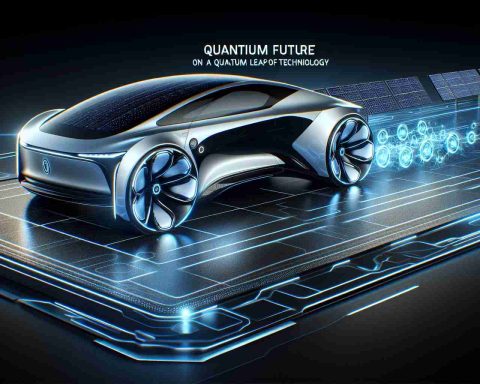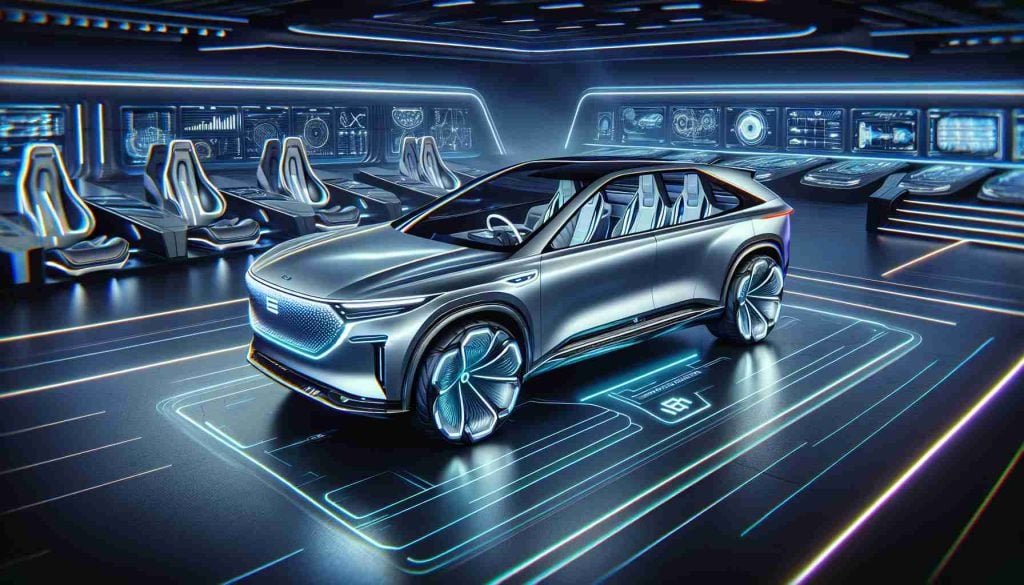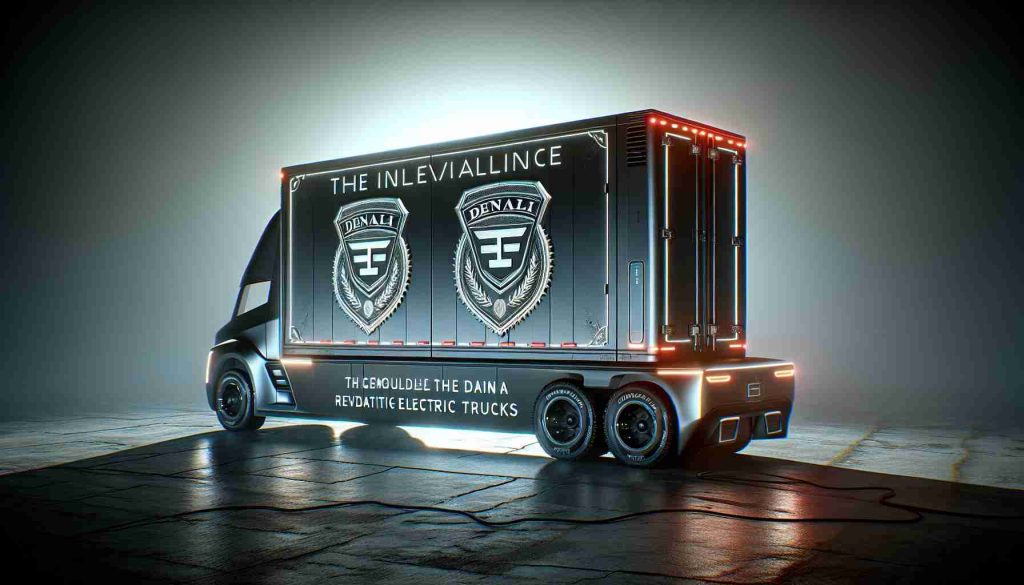- Ford is shifting focus from large electric SUVs to smaller and medium-sized EVs for better cost efficiency.
- The company has abandoned plans for a three-row electric SUV due to high costs and battery technology challenges.
- Many automakers, including Tesla and General Motors, are struggling with the high expenses associated with large electric trucks.
- The electric truck market is experiencing slower sales, with notable underperformance of models like the Tesla Cybertruck.
- Physical production constraints have affected Ford’s popular F-150 Lightning despite initial positive reception.
- Potential new tariffs could further complicate Ford’s electric vehicle strategy moving forward.
- The trend indicates a preference for EVs that are efficient and affordable as consumer demand shifts.
In a surprising turn of events, Ford is steering away from ambitious plans for large, all-electric utility vehicles like the electric Ford Expedition. Instead, the automotive giant is embracing a future dominated by small and medium-sized electric vehicles (EVs), designed for cost efficiency and practicality.
The decision comes after Ford abandoned the development of a three-row electric SUV, due to the daunting costs and technological challenges associated with creating massive battery packs—those exceeding 180 kWh. This hurdle isn’t unique to Ford; other automakers like Tesla and General Motors face similar trials with their high-end electric trucks, which demand expensive batteries yet deliver disappointing efficiency. For instance, the prices of the 2025 Chevy Silverado EV, Tesla Cybertruck, and GMC Sierra EV start at an eye-watering $70,000 and climb beyond $90,000, leaving many consumers hesitant.
In a market once fueled by electric truck hype, sales have faltered. The eagerly anticipated Tesla Cybertruck, once expected to sell a million units, recorded a mere 38,965 sales in 2024. Meanwhile, Ford’s F-150 Lightning, although better received, has faced production cuts as demand waned.
To add to the challenges, potential new tariffs on imports from Mexico and Canada under President Trump hang in the balance, complicating Ford’s electric future. Ford’s pivot towards smaller EVs signifies a strategic response to shifting market demands and consumer preferences. The takeaway? Less may soon mean more in the electric vehicle landscape—where efficiency and affordability reign supreme.
Ford’s Strategic Shift: Why Smaller EVs Might Be the New Frontier
The Shift Towards Smaller Electric Vehicles
In a significant pivot, Ford is abandoning plans for expansive all-electric utility vehicles such as the electric Ford Expedition, focusing instead on developing small and medium-sized electric vehicles (EVs). This recalibration is primarily driven by the need for cost efficiency and practical solutions to address consumer demand.
Factors Influencing the Change
1. Cost Challenges: Ford’s decision stems from the intensive costs and technical hurdles tied to larger battery packs, particularly those exceeding 180 kWh. The production issues faced by competitors like Tesla and General Motors also highlight a broader industry struggle to balance large vehicle offerings with consumer affordability and efficiency.
2. Market Trends: There has been a considerable shift in consumer interest, with the sales of higher-end electric trucks declining. For example, the much-hyped Tesla Cybertruck has underwhelmed with only about 38,965 units sold to date, while the F-150 Lightning has also seen reduced demand, leading to production cuts.
3. Emerging Tariff Concerns: Potential new tariffs on imports from Mexico and Canada could impact Ford’s electric vehicle strategies further, adding another layer of complexity to already challenging market dynamics.
Key Insights into the Electric Vehicle Landscape
– Market Forecast: Analysts suggest that the future of EVs will tilt towards more affordable, smaller models, as consumers increasingly prioritize efficiency and cost over size and luxury features.
– Sustainability Efforts: As Ford revises its electric vehicle strategy, there is also an increased emphasis on sustainability practices, reducing the environmental impact of manufacturing smaller vehicles.
– Use Cases Explored: Smaller EVs present versatile options for urban commuters and families looking for practical transportation solutions, aligning with the growing trend toward smart city designs and resource-efficient living.
Limitations and Innovations
– Limitations: The limitations of smaller electric vehicles may include reduced range compared to larger counterparts and potential compromises in power and payload capacity. However, advancements in battery technology are aimed at mitigating these issues.
– Innovations: Innovations in battery recycling and new manufacturing processes are poised to make smaller EVs even more appealing as manufacturers seek to improve sustainability.
FAQs
1. What prompted Ford to focus on smaller electric vehicles?
Ford’s shift is largely driven by the high costs and technological challenges associated with large electric vehicles. By redirecting efforts to smaller EVs, Ford aims to provide more cost-effective and practical solutions aligned with consumer preferences.
2. How will Ford’s focus on smaller EVs affect its overall market strategy?
By focusing on smaller electric vehicles, Ford is likely to enhance its competitiveness in a rapidly changing market, meeting consumer demands for affordable and efficient transportation while navigating potential regulatory hurdles.
3. What are the expected benefits of smaller EVs for consumers?
Smaller electric vehicles are generally more affordable, easier to maneuver in urban settings, and can offer greater efficiency in terms of energy consumption, making them attractive options for a broad range of consumers.
For more insights into Ford’s electric plans, visit Ford.
